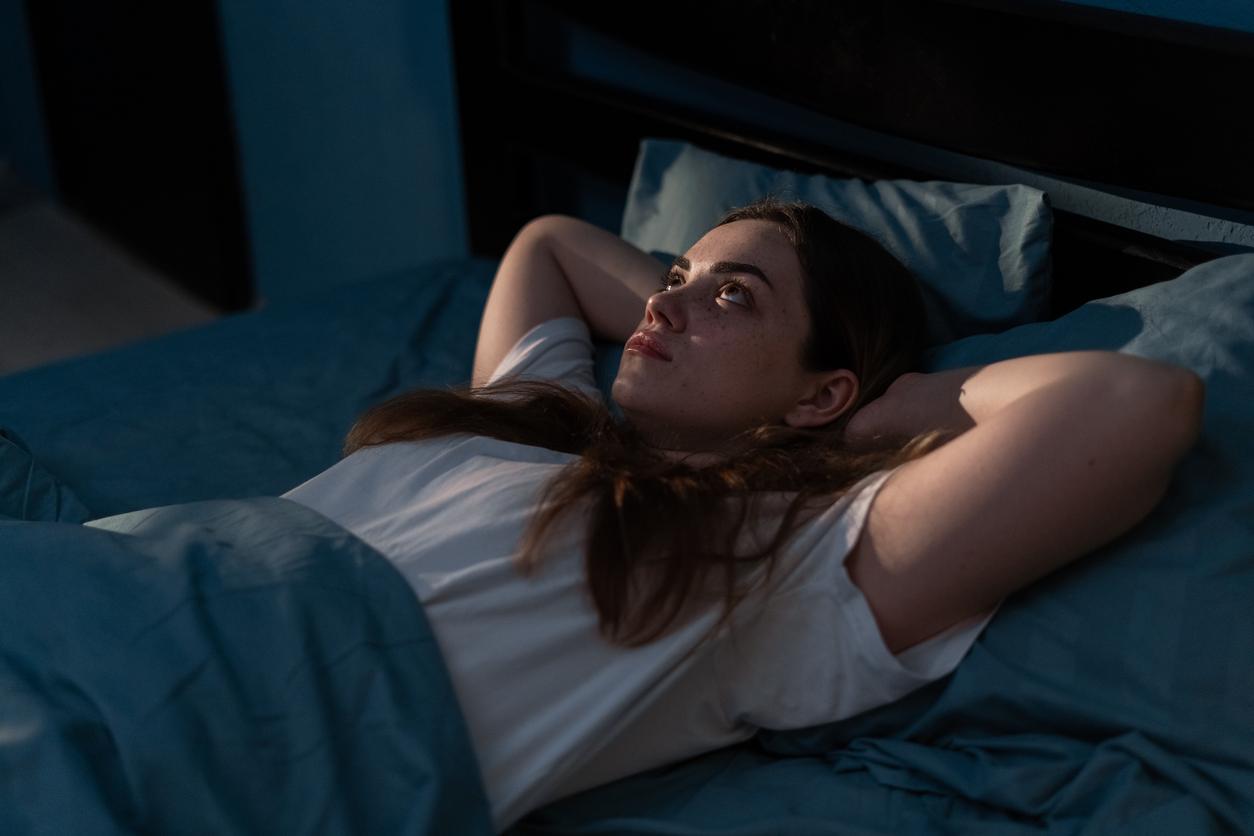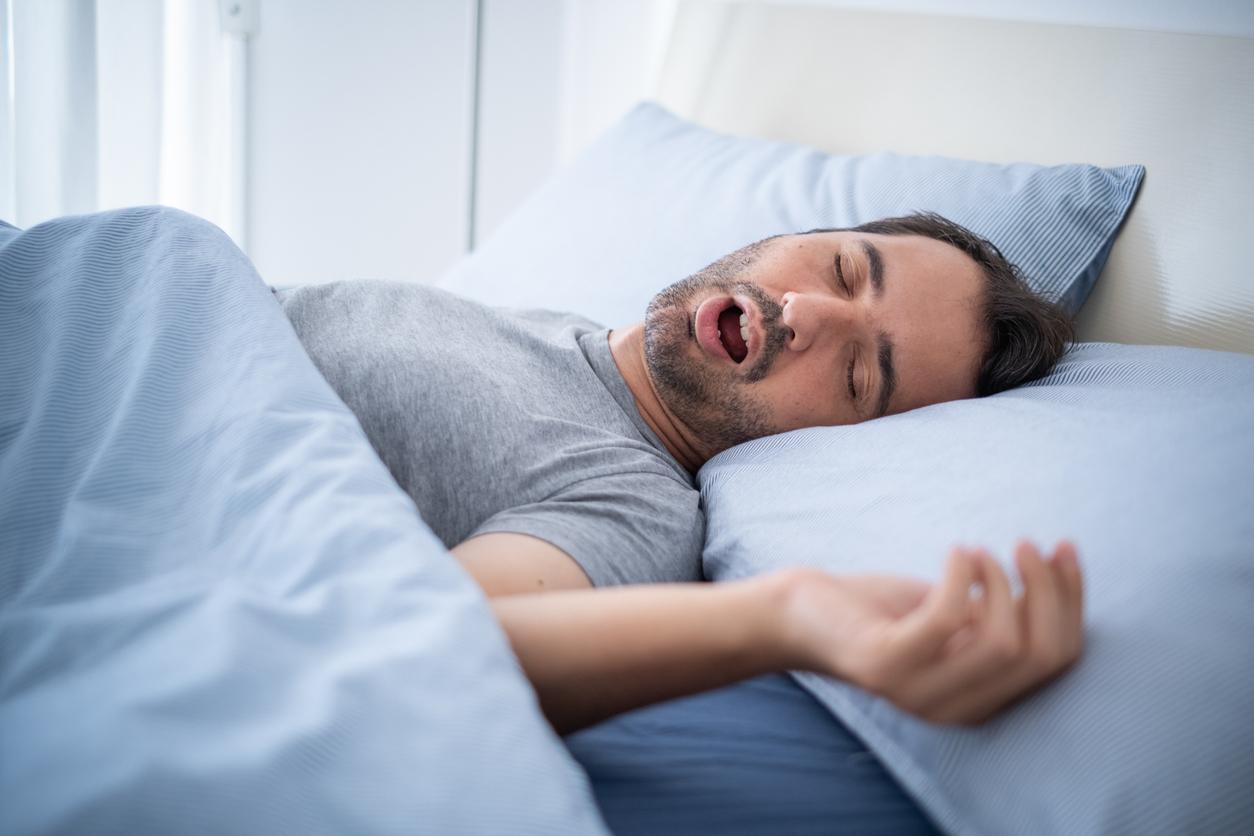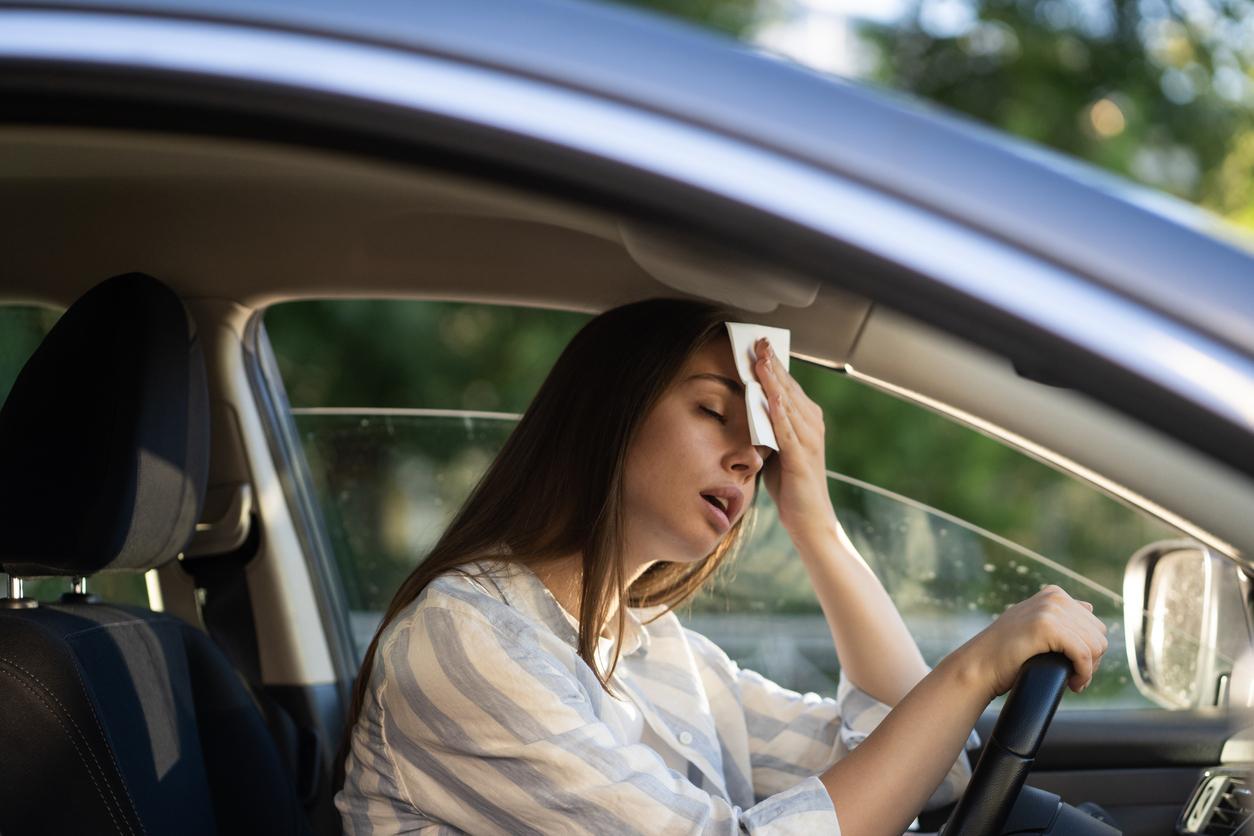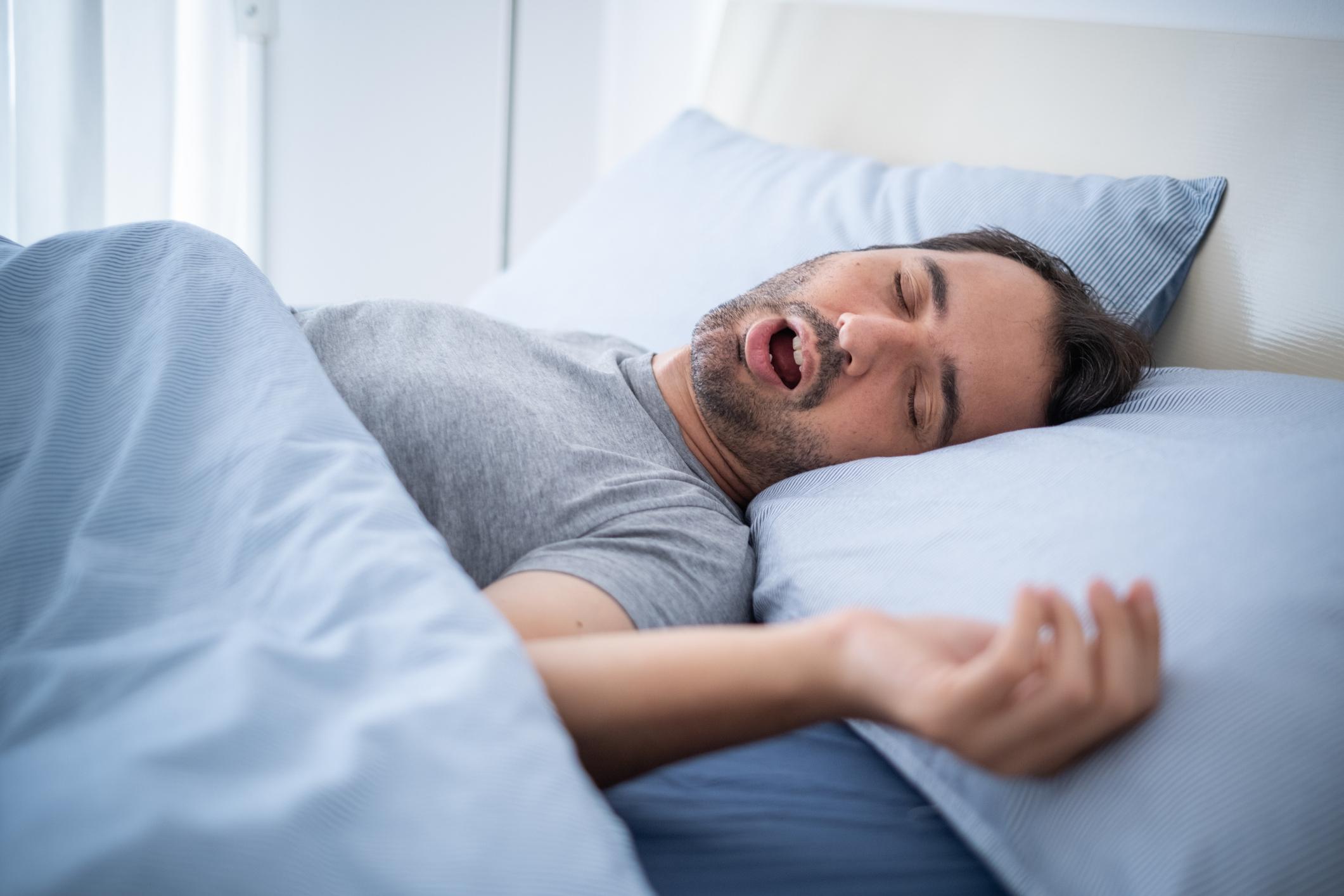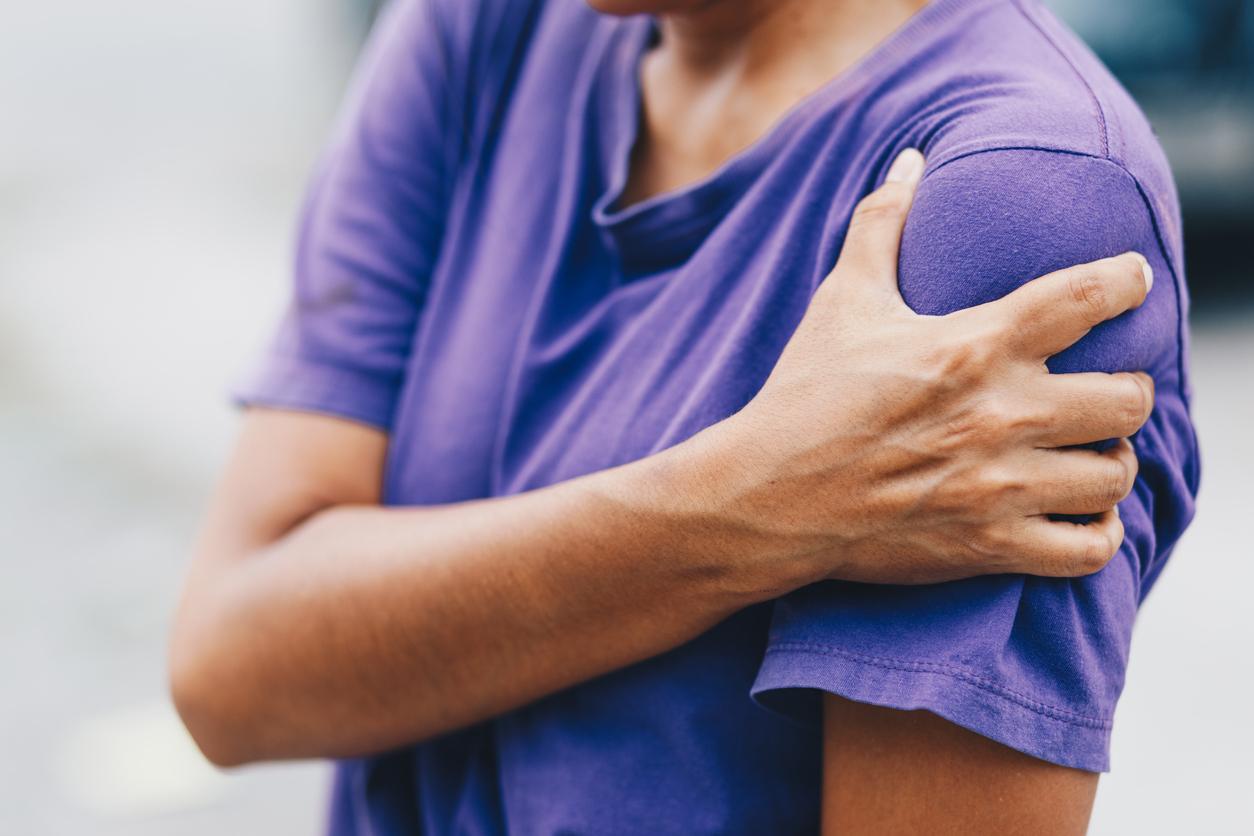For the first time, researchers highlight the potential of sweat samples to diagnose the severity of sleep apnea in patients.
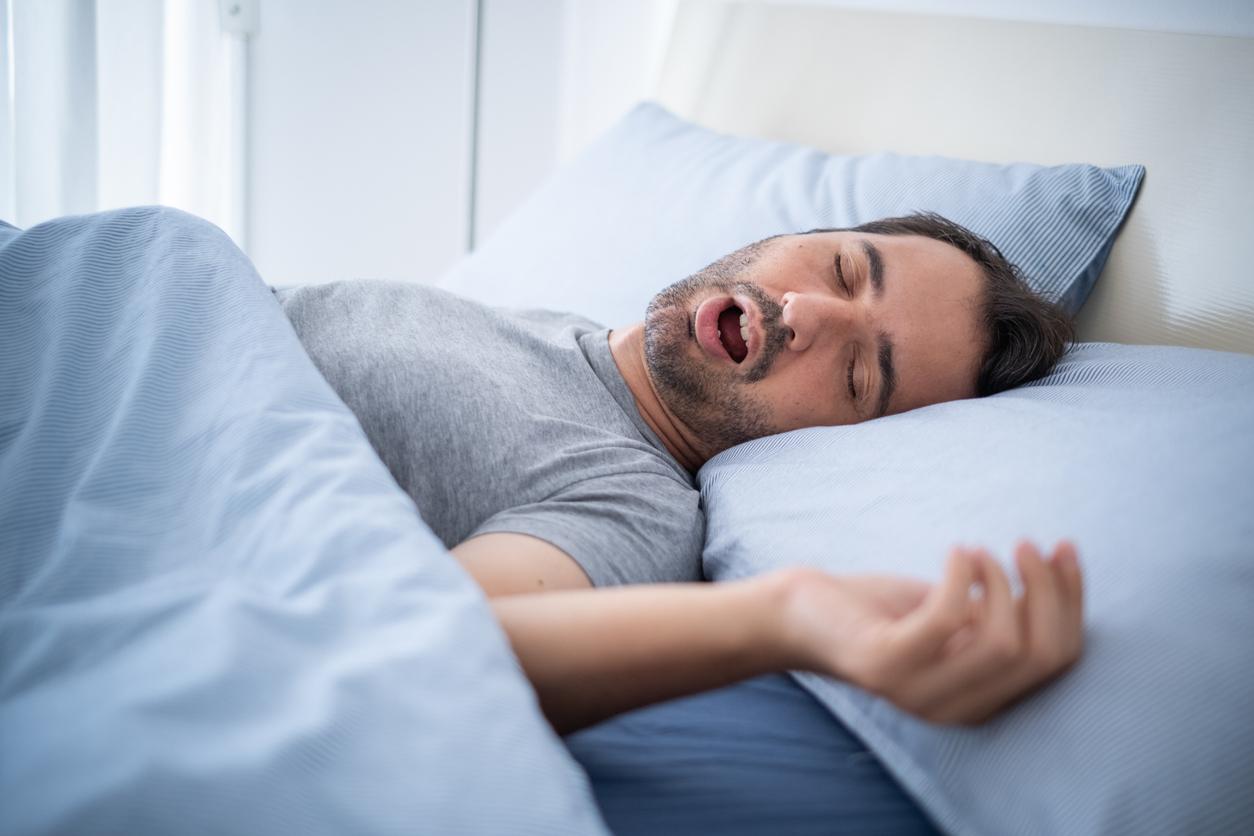
- The incidence of sleep apnea syndrome increases almost linearly with age in adults: 7.9% of people aged 20 to 44, 19.7% of people aged 45–64 and 30. 5% of people over 65 are affected.
- Sleep apnea is diagnosed based on the number of episodes of shortness of breath the patient has per hour (for example, the condition is serious when one has 30 or more episodes per hour). But this method does not measure the severity of the disease.
- Looking for an alternative to blood testing, scientists have highlighted the potential of sweat samples to determine the severity of sleep apnea in patients.
Sleep apnea syndrome is manifested by repeated and uncontrolled interruptions of breathing during sleep, more or less serious depending on the stages. They generate micro-awakenings of which the sleeper is not aware, and can cause daytime drowsiness, difficulty concentrating or remembering and, ultimately, give rise to cardiovascular problems. So many reasons to try to spot the signs and establish an adequate diagnosis to deal with it.
While sleep apnea is usually measured based on the patient’s episodes of shortness of breath, this method has its limitations because it only counts the number of events. For the first time, a team of scientists was able to measure the “gravity” disease by detecting changes in sweat metabolism.
Sweat reveals changes due to sleep apnea
As part of their work, published in the Journal of Sleep ResearchSpanish researchers from the University of Córdoba and the IMIBIC center took sweat samples before and after sleep from a group of people suffering from sleep apnea at different stages and from a control group spared from the disease.
Using the techniques of “gas chromatography” And “high resolution mass spectrometry”they identified 78 metabolites – organic substances that enter the metabolic process – and studied their changes, mainly linked to energy production and oxidative stress.
“We can see how sweat metabolism itself reveals these alterations during sleep, resulting in a deterioration of the person’s energy production and an increase in their oxidative stress,” explains Laura Castillo, lead author of the study, in a communicated.

A minimally invasive method for diagnosing sleep apnea
For the researcher, analyzing sweat to make a diagnosis only has advantages: “It is a non-invasive and ‘clean’ sample because, unlike blood samples, we do not need to remove proteins, and it is much easier to analyze and detect metabolites.”
With personalized monitoring of the night sweating of a patient suffering from apnea, we could, according to the study, more easily monitor the development of the disease, and prevent the risks of cardiovascular disease.









